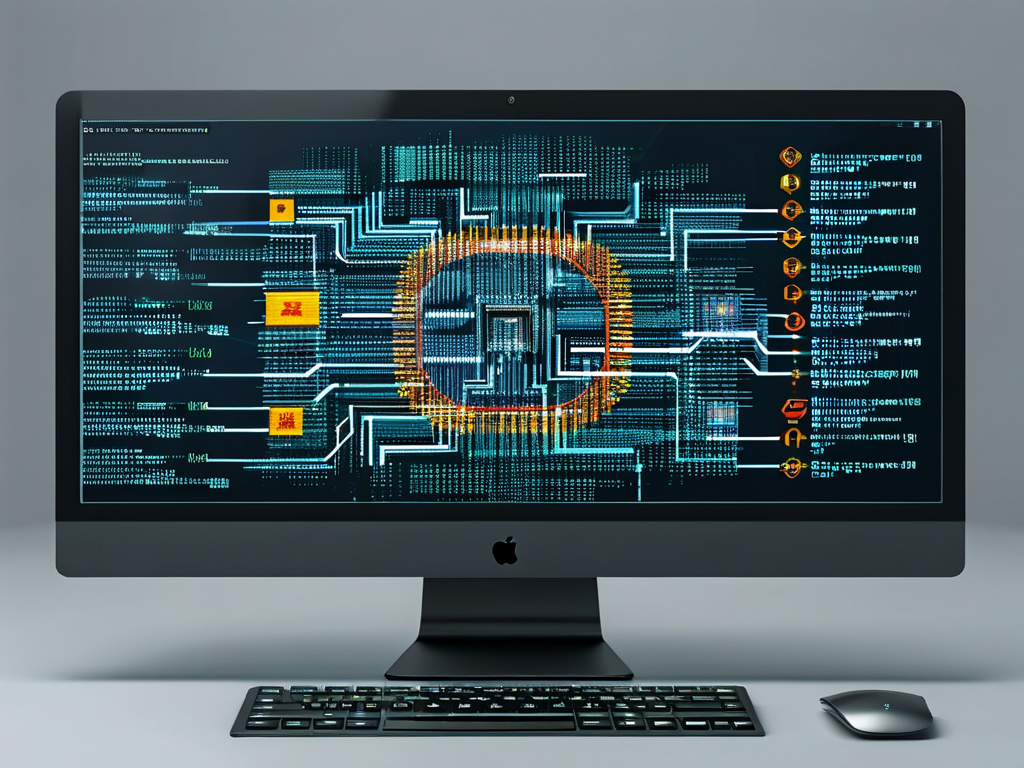Preparing for a computer network fundamentals and cybersecurity exam requires a strategic approach to mastering core concepts while addressing real-world applications. This article explores key topics, practical scenarios, and study techniques to help students and professionals excel in their assessments.
Core Concepts in Network Fundamentals
Understanding the Open Systems Interconnection (OSI) model is critical for grasping network communication. The seven-layer framework—from physical hardware (Layer 1) to application interfaces (Layer 7)—defines how data travels across networks. For example, troubleshooting connectivity issues often involves verifying Layer 3 (Network) configurations like IP addressing or router settings. A typical exam question might ask:
Which layer handles logical addressing and routing? A) Data Link B) Network C) Transport D) Session
The correct answer (B) tests knowledge of the OSI model’s structure.
Subnetting is another foundational skill. Calculating subnet masks or determining valid host ranges requires practice. Consider a scenario where a network administrator must divide 192.168.1.0/24 into four subnets. Using the formula 2^n ≥ required subnets, n=2 (since 2^2=4). The new subnet mask becomes 255.255.255.192, with each subnet supporting up to 62 hosts.
Cybersecurity Principles in Exam Contexts
Security topics often focus on threat mitigation and encryption protocols. For instance, understanding the differences between symmetric (AES) and asymmetric (RSA) encryption is vital. Symmetric encryption uses a single key for both encryption and decryption, making it faster but riskier for key distribution. Asymmetric encryption employs public-private key pairs, enhancing security at the cost of computational overhead.
A common exam problem might present a scenario:
An e-commerce site needs secure customer data transmission. Which protocol combination is optimal? A) HTTP + WEP B) HTTPS + TLS 1.3 C) FTP + SHA-1 D) SMTP + MD5
Choosing B demonstrates awareness of modern encryption standards, as TLS 1.3 ensures secure HTTPS connections.
Practical Configuration Challenges
Hands-on questions often simulate network setups. For example, configuring a firewall rule to block unauthorized access while permitting legitimate traffic tests applied knowledge. A sample task could involve writing an iptables command to allow SSH (port 22) but deny HTTP (port 80):

iptables -A INPUT -p tcp --dport 22 -j ACCEPT iptables -A INPUT -p tcp --dport 80 -j DROP
Such exercises evaluate both syntax precision and security logic.

Addressing Emerging Threats
Modern exams increasingly emphasize emerging risks like ransomware or IoT vulnerabilities. A case study might describe a company hit by a phishing attack that bypassed traditional email filters. Students would need to recommend multi-layered defenses, such as DMARC authentication, user training, and endpoint detection systems.
Study Strategies for Success
- Lab Practice: Use tools like Wireshark or GNS3 to analyze traffic patterns or simulate networks.
- Concept Mapping: Visually link ideas—e.g., how DNS spoofing relates to broader man-in-the-middle attacks.
- Timed Drills: Mimic exam conditions by solving subnetting or encryption problems within set intervals.
Excelling in a computer network and cybersecurity exam demands balancing theoretical knowledge with practical skills. Focus on core protocols, hands-on configurations, and threat analysis while leveraging active learning methods. Regular practice with sample questions and scenarios will build confidence and ensure readiness for both standardized tests and real-world challenges.






